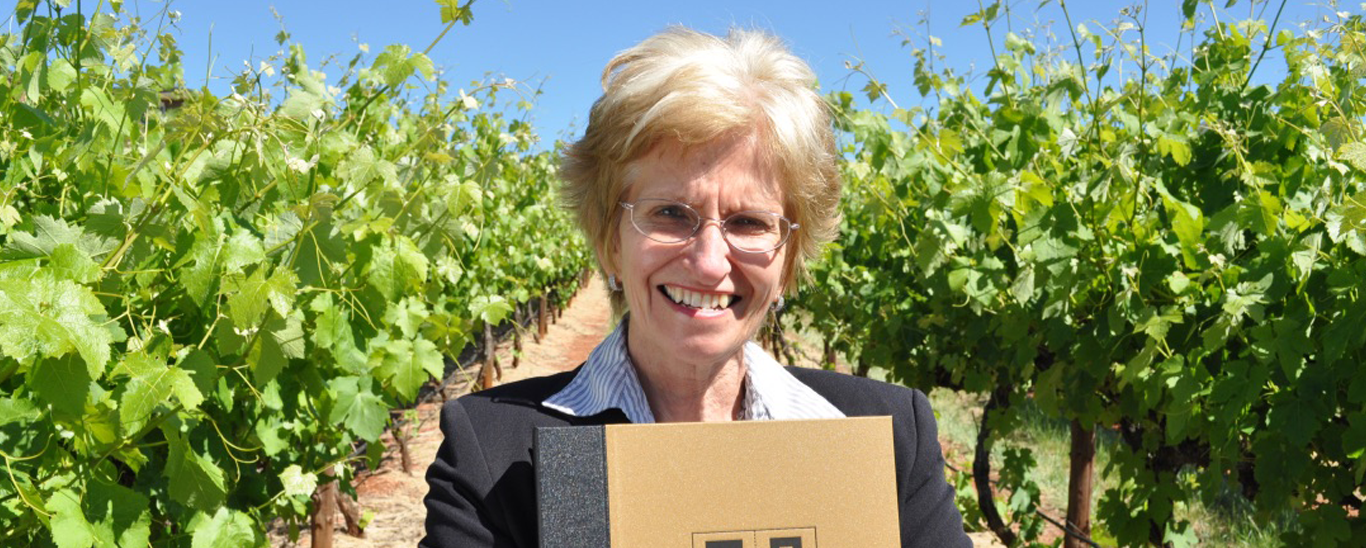
Water donation brings floodplain back to life
Flooding a lonely bend of the River Murray is among the less conventional of the many environmental initiatives Treasury Wine Estates has been involved with, but it has proved of inestimable value.
Back in 2006 the massive River Red Gums and other native trees on the Markaranka floodplain near Waikerie were starting to die because, quite simply, there had not been a flood in years. The Riverland, like much of Australia, was in the midst of a decade-long drought. TWE owned around 80 hectares of the floodplain alongside its 180-hectare vineyard, was well aware of the impact on the local ecology if these mature trees were lost, and was keen to act. The right opportunity arrived when it was approached by the SA Murray Darling Basin Natural Resources Management Board to be part of a River Red Gum Rescue project. TWE and the Board each donated 1 GL of water, which was pumped onto the floodplain to simulate a flooding event. TWE’s contribution was an unused part of its annual irrigation allocation. It could have sold it to other users, but preferred to make an investment in the future.
“The donation of 1 GL of water from TWE’s water licence onto the NRM Board’s licence was a first for the Board,” said Gioia Small, TWE’s Regional Manager Sustainability. “We also played an active part in the project through the provision of earthworks to facilitate the entry of water onto the floodplain.”
When a second replicated flooding followed in 2009, with water from the Commonwealth Government Environmental Watering Program, threatened trees began to recover and wildlife returned to the area.
And that was not the only win. TWE and the Board worked with Canopy, Greening Australia and Carbon Store P/L to determine the carbon emissions that would have entered the atmosphere had the trees been allowed to die. A carbon inventory put the estimate at 40,000 tonnes of CO2, equivalent to the emissions from 8000 passenger vehicles in a full year.
“This project was not a traditional water conservation project,” Gioia said. “Rather, it was an example of thinking outside the square and using
existing water assets in a non-traditional way to deliver multiple environmental benefits.”
This was really just the beginning, however. In 2011 the NRM Board prepared a Floodplain Management Plan for Markaranka and the following year
TWE committed to a further water donation and to undertake an irrigation trial of Black box trees on the floodplain using drippers.
This too was rather out of left field – drip irrigation is common on vines, but not on mature trees – but again the results were positive, leading to further trials. Importantly, the Markaranka project was warmly embraced by TWE staff, who have a close attachment to the wetland. A number were actively engaged with preparing for the flooding, while others joined community groups to be involved in closely monitoring progress.




